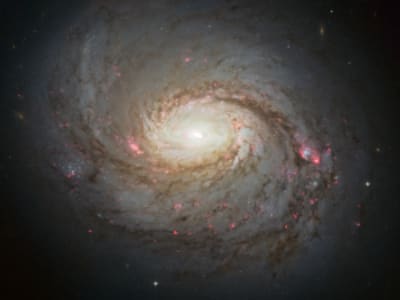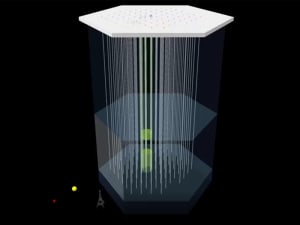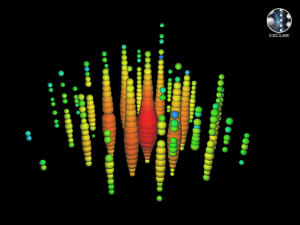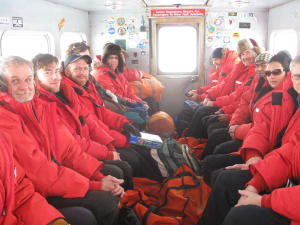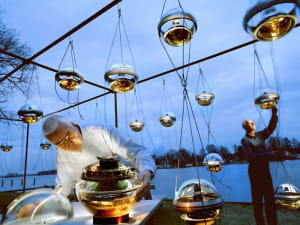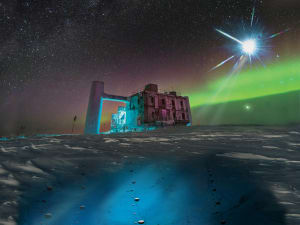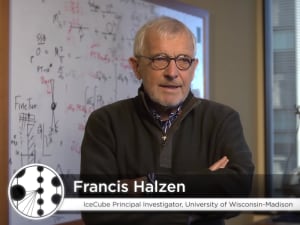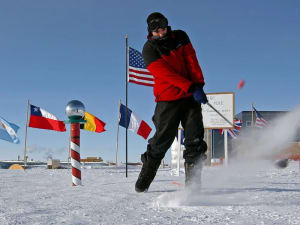Featured Gallery
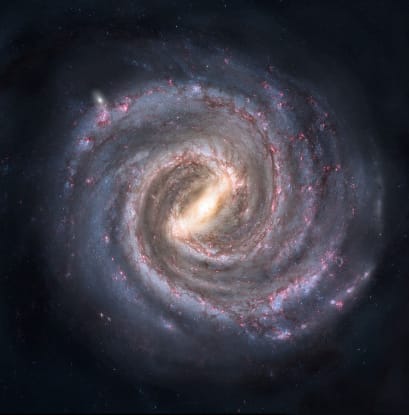
High-energy neutrinos from the galactic plane
For the first time, an international team of scientists presents evidence of high-energy neutrino emission from the Milky Way. The results were published on June 30, 2023 in Science (link).
See the press release here.
When using any of the images in these galleries, please follow our usage guidelines. Please write to press at icecube dot wisc dot edu with any questions you may have.
You can also find IceCube videos are on the IceCube YouTube channel.
All Galleries
- High-energy neutrinos from the Galactic plane
- Neutrino emission from NGC 1068
- IceCube sees a Glashow resonance event
- Animations
- 28 very high energy events, published in Science (November 2013)
- Travel to the Pole
- Neutrino Events
- Drilling and Deployment
- Digital Optical Module (DOM) Development
- Diagrams
- Chronology
- Antarctic Animals
- Astrophysical neutrino flux with starting track events
- Landscapes and Skyscapes
- Winterovers
- Education and Outreach
- NSF approves funding for IceCube Upgrade
- In Science: IceCube Neutrinos Point to Long-Sought Cosmic Ray Accelerator
- People
- Measuring the Neutrino Cross Section with Earth Absorption
- IceCube Explained
- Searches for Sterile Neutrinos with the IceCube Detector
- NSF renews IceCube maintenance and operations contract
- Published in PRL: Evidence for Astrophysical Muon Neutrinos from the Northern Sky
- IceCube awarded 2013 Breakthrough of the Year
- In Science: Evidence for High-Energy Extraterrestrial Neutrinos at the IceCube Detector
- Life at the Pole
- Detector
- Construction
- Completion and Inauguration

